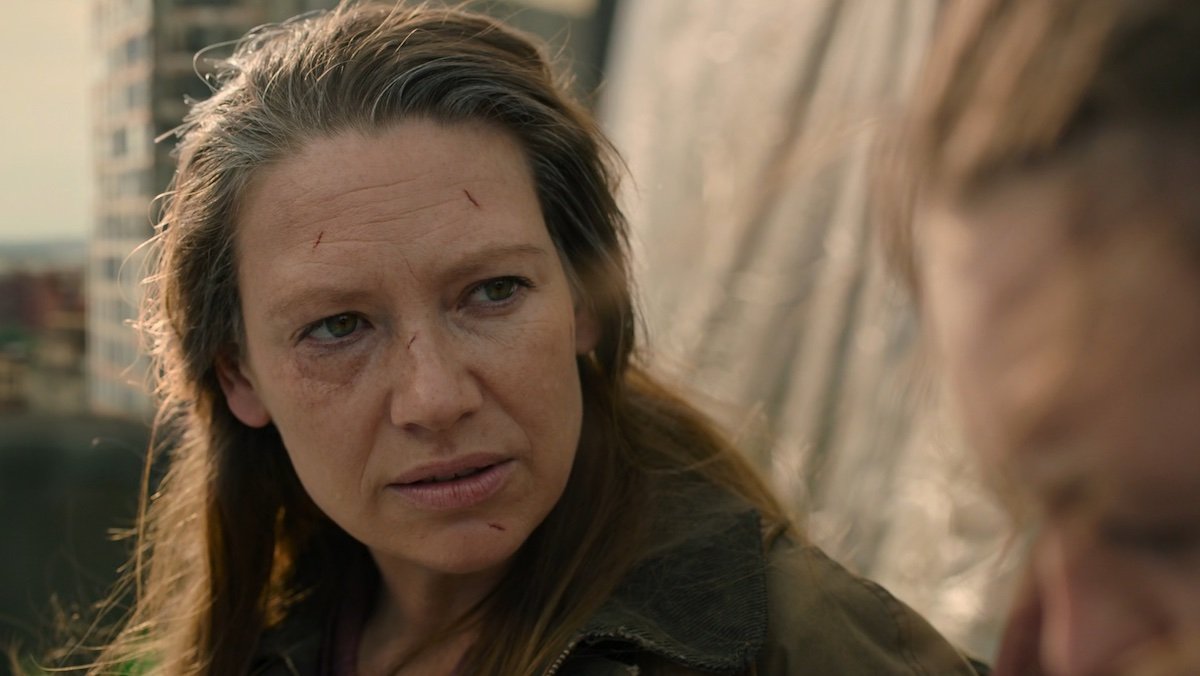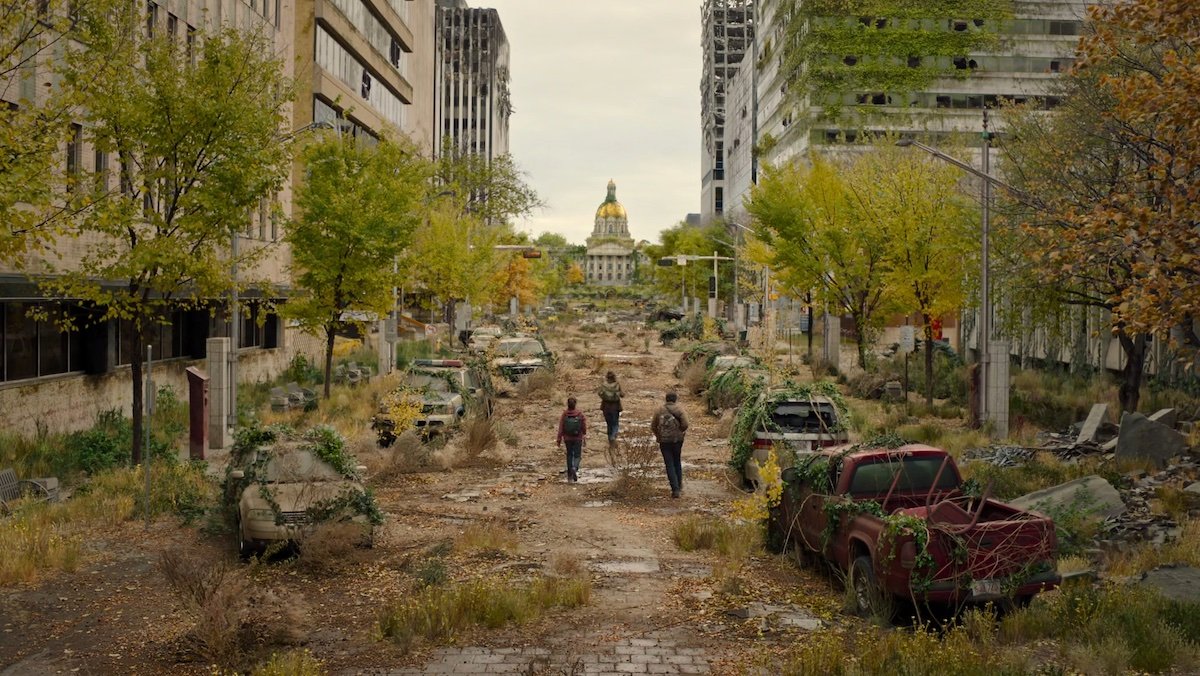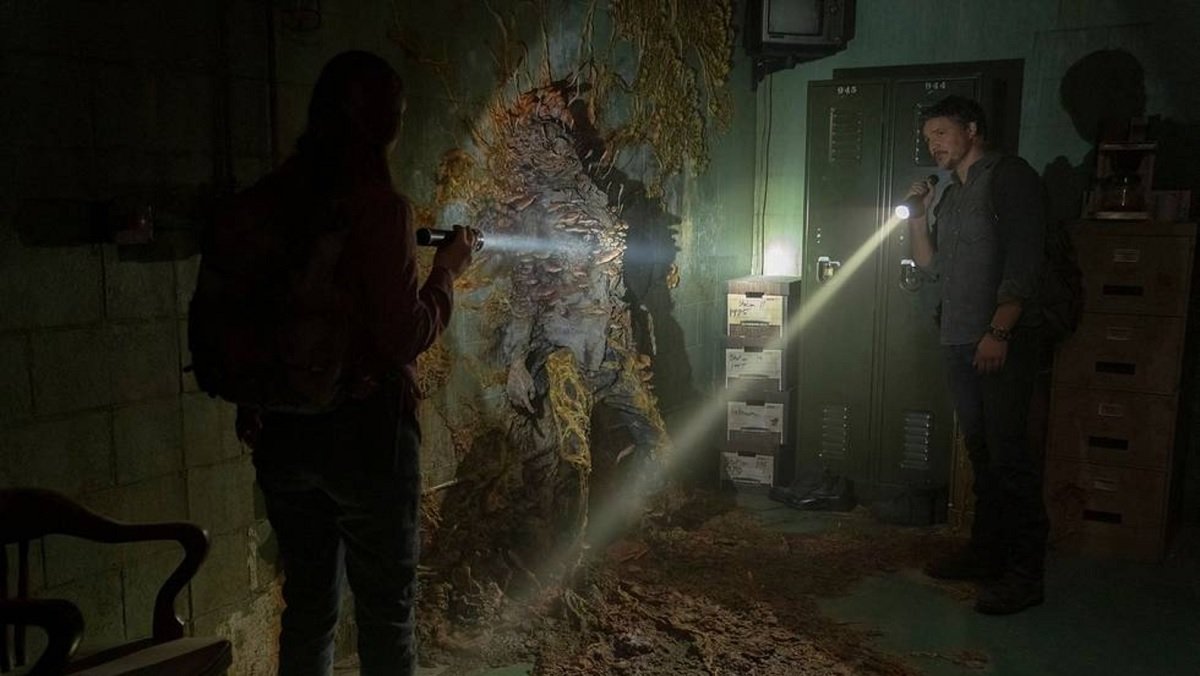Characters in The Last of Us video game franchise frequently don gas masks to stave off the Cordyceps infection. Survivors on HBO’s live-action adaptation don’t worry about airborne transmission, though. The series’ fungus and monsters do not emit floating spores carrying its mind-controlling particles like they do in the games. But that doesn’t mean the show’s Infected are any less dangerous. HBO’s The Last of Us might have removed those deadly spores from its story, but it replaced them with a different type of nightmare.

One of the major ways infection spreads in The Last of Us games is via airborne spores. Those floating seeds enter a healthy person’s body and travel to its victim’s brain. Once there the fungus takes over entirely. It’s the most insidious way the infection spreads in the games. You can potentially stave off a zombie bite—the other way people become sick—by physically fighting back. But as we all know, you can’t exactly punch an airborne pathogen. That’s why the game’s survivors cover their faces with gas masks, to avoid inhaling the spores.
But on HBO’s show Joel, Tess, and Ellie traveled outside the safety of their quarantine zone without any kind of breathing apparatus or protection because there are no Cordyceps spores in their world to worry about. As the showrunners have explained, those airborne terrors simply don’t exist there. It’s an obvious (and needed) change for a live-action adaptation. It’s more compelling seeing Pedro Pascal and Bella Ramsey’s reactions rather than imagining what they look like under a gas mask. But that change doesn’t mean the show sacrificed horror. It simply found a different way to make its characters fear that fungus.

“They’re connected.”
“More than you know.”
Ellie and Tess’s exchange over the ruins of Boston’s Faneuil Hall in episode two laid out the way the show’s fungal infection makes every location a hot spot for spread. “The fungus also grows under ground, long fibers like wires, some of them stretching over a mile,” Tess said. “You step on a patch of Cordyceps in one place and you can wake a dozen Infected from somewhere else. Now they know where you are. Now they come. You’re not immune from being ripped apart.”
Ellie saw firsthand just how those fibers works in the episode’s final sequence. A gunshot to a newly Infected victim in the State House instantly alerted the fungus back in Faneuil Hall. The communication was so quick it was like the bullet sent a 5G text. Instantly the fungus in sent the mass of bodies back in Faneuil Hall to attack. In this version of The Last of Us, Cordyceps works almost like a hive mind.
Forget just running into a Clicker. Be very careful where you walk.

That’s obviously terrifying enough on its own, but the fungus’s ability to work together over long distances also revealed another horrible way the infection spreads. Both the show and the video game employ the traditional zombie method of passing on the infection via bites and saliva. But HBO’s The Last of Us provided us an even worse form of physical transmission. Tendrils from one monster creeped out of its mouth into Tess’s, in what is surely one of the grosses kisses in history. Compared to that deadly airborne spores seem preferable.
It’s not entirely hopeless for The Last of Us‘s humans. In both the game and on the show survivors can slow Cordyceps spread by burning the bodies of Infected. And those miles-long fibers of the series do eventually die and dry out, rendering them harmless. Pascal’s Joel had no concern getting close to the dead, inactive fungus body he found stuck to a wall in the first episode. Nor did he fear breaking apart a dead fiber in episode two. Neither probably smelled great, but they won’t turn him into a zombie the way spores would his video game counterpart.

Of course, we won’t fault anyone on the show if they choose to wear a gas mask anyway. We know they don’t have to worry about spores, but they might not. And we’d probably take every precaution we could if we were living with a deadly fungal disease. ( Especially when it is already scarier than its video game counterpart.) It’s not like this mutated fungus can’t evolve again, either, especially with its ability to communicate over long distances. Cordyceps can speak to one another while having a whole lot of human brain power at its command. Who knows, it might figure out how to create spores eventually.
Mikey Walsh is a staff writer at Nerdist. You can follow him on Twitter at @burgermike. And also anywhere someone is ranking the Targaryen kings.

